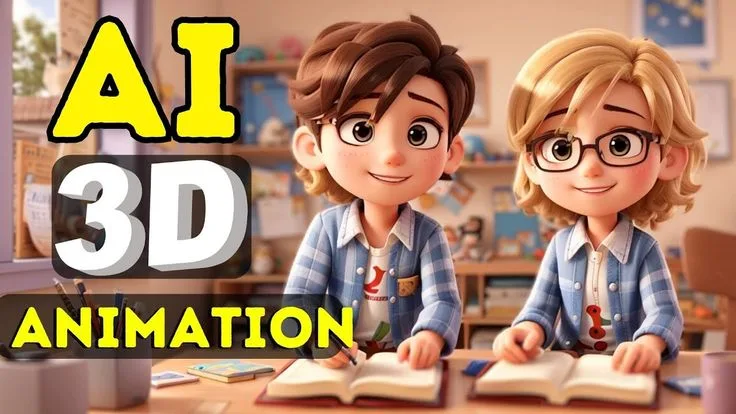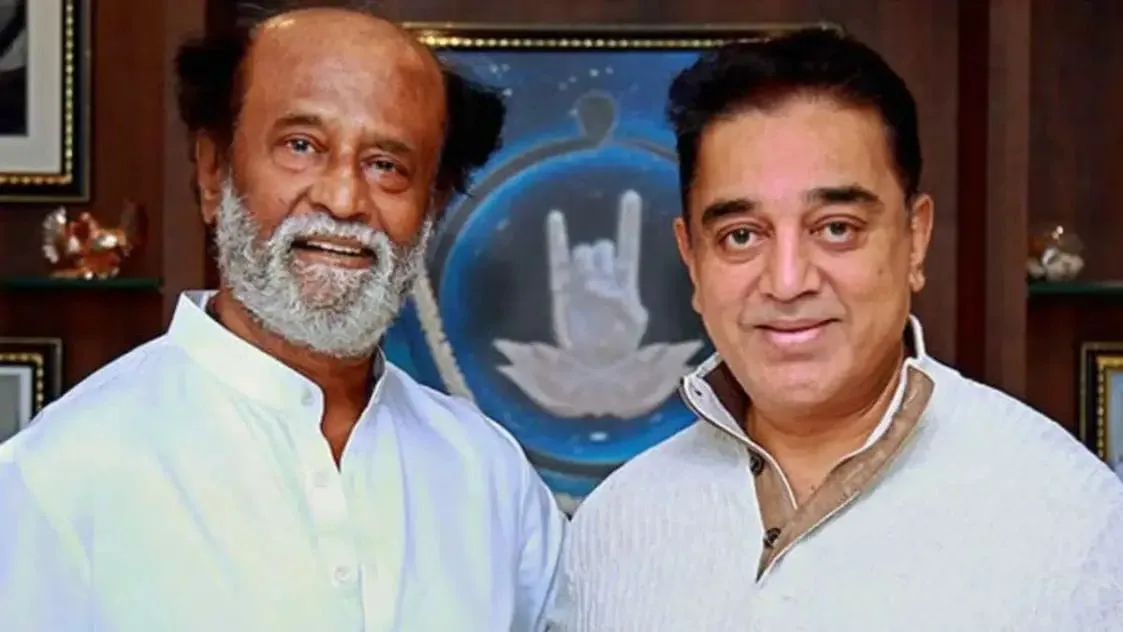Bengaluru, India – May 29, 2025 – The world of 3D animation is undergoing a profound transformation, driven by the accelerating advancements in Artificial Intelligence (AI). Far from merely being a futuristic concept, AI is already redefining every stage of the animation pipeline, from initial concept design to final rendering, ushering in an unprecedented era of both creative freedom and production efficiency. This shift is not just about making things look more lifelike; it’s about fundamentally changing how stories are brought to vibrant, digital life.
Automating the Tedious: Freeing Up Artistic Vision
One of the most immediate and impactful contributions of AI to 3D animation is its ability to automate repetitive and time-consuming tasks. Traditionally, processes like character rigging (creating a digital skeleton for movement), in-betweening (generating frames between key poses), and even complex physics simulations consumed countless hours of an animator’s time. AI-powered tools are now capable of performing these operations with remarkable speed and accuracy, effectively liberating animators from the monotonous grunt work. This allows creative professionals to dedicate their focus to storytelling, character performance, and the nuanced artistic details that truly elevate an animation.
Breathing Life into Characters: AI-Powered Animation
The realm of character animation has seen some of the most dramatic leaps thanks to AI. By training on vast datasets of motion capture data and existing animations, AI models can now generate incredibly realistic and fluid character movements with minimal human intervention. Tools like DeepMotion and Adobe’s Character Animator leverage AI to translate human motion into digital characters, significantly reducing production timelines. Furthermore, AI-powered lip-syncing is ensuring that animated characters speak with uncanny precision, seamlessly matching their mouth movements to spoken dialogue, a task that was once notoriously difficult and labor-intensive.
The Power of Procedural Generation: Expansive Worlds at Your Fingertips
AI’s influence extends beyond individual characters to the very environments they inhabit. AI-driven procedural generation is revolutionizing the creation of 3D environments and landscapes. Instead of manually sculpting every tree, rock, or building, AI algorithms can now generate complex, detailed, and even dynamic worlds based on a set of parameters. This capability is proving invaluable for open-world games, virtual reality simulations, and large-scale animated productions, enabling the rapid development of immersive and visually captivating digital spaces that would be impossible to create traditionally within reasonable timeframes.
Enhancing Realism and Visual Fidelity with AI
The pursuit of photorealism in 3D animation has been significantly accelerated by AI. AI-powered rendering engines can optimize lighting, shadows, and textures in real-time, drastically cutting down rendering times. Techniques like AI denoising and super-resolution rendering enhance image quality while reducing computational load, allowing studios to produce high-fidelity visuals faster and more cost-effectively. From simulating natural elements like fire and water with unprecedented accuracy to perfecting intricate surface details, AI is pushing the boundaries of what’s visually achievable.
Aiding Creativity, Not Replacing It: The Human-AI Synergy
Despite the impressive capabilities of AI, it is crucial to understand that it serves as a powerful assistive tool, not a replacement for human creativity. AI excels at automating pattern recognition and repetitive tasks, but the core of storytelling, emotional nuance, and truly original artistic vision still resides with human animators. The emerging paradigm is one of human-AI synergy, where animators leverage AI to streamline their workflows and explore new creative avenues, ultimately allowing them to focus on the expressive and imaginative aspects of their craft.
Ethical Considerations and the Evolving Landscape
As AI becomes more deeply integrated into 3D animation, important ethical considerations come to the forefront. Concerns around job displacement are valid, necessitating industry discussions about retraining and upskilling opportunities for animators. Issues of copyright infringement and the responsible use of AI-generated content also require careful attention, especially given that AI models are trained on vast datasets of existing works. The industry must proactively address these challenges to ensure a sustainable and equitable future for all involved.
Key Players and Emerging Innovations
The landscape of AI 3D animation tools is rapidly expanding, with numerous startups and established companies leading the charge. Platforms like DeepMotion, Wonder Studio, and Krikey AI are offering accessible AI-powered motion capture and animation generation. Companies like NVIDIA are integrating AI into their rendering solutions, while others are developing specialized AI tools for tasks like auto-rigging (Mixamo) and crowd simulation (Massive). This burgeoning ecosystem of innovation is making advanced animation techniques more accessible to a wider range of creators, from large studios to independent artists.
The Future is Hybrid: A Collaborative Frontier
The consensus within the industry is that the future of 3D animation will be a hybrid model, blending traditional artistic expertise with AI-powered automation. Animators will increasingly become “AI whisperers,” guiding and refining AI-generated content to achieve their artistic vision. This collaboration will lead to faster production cycles, reduced costs, and ultimately, a greater volume of diverse and high-quality animated content across films, games, advertising, and beyond. The focus will shift from the sheer manual labor of animation to the strategic deployment of AI as a creative accelerant.
Impact on the Industry and Beyond
The implications of AI in 3D animation extend far beyond the creative studios. It stands to democratize animation, making it more accessible to smaller teams and individual creators who previously lacked the resources for complex productions. This could lead to a surge in independent animated content, fostering new voices and diverse narratives. Furthermore, the advancements in realistic AI-generated characters and environments will have profound effects on industries like virtual reality (VR), augmented reality (AR), and the burgeoning metaverse, paving the way for truly immersive and interactive digital experiences.
A New Chapter for Digital Storytelling
In conclusion, AI 3D animation is not merely a technological trend; it represents a fundamental shift in how digital stories are conceived, created, and consumed. By automating the arduous, enhancing realism, and fostering unprecedented efficiency, AI is empowering animators to unleash their creativity on a grander scale. While ethical considerations and the evolving nature of roles within the industry require ongoing dialogue, the overall trajectory points towards a future where AI becomes an indispensable partner in the captivating art of 3D animation, opening up endless possibilities for imaginative and impactful digital storytelling.












